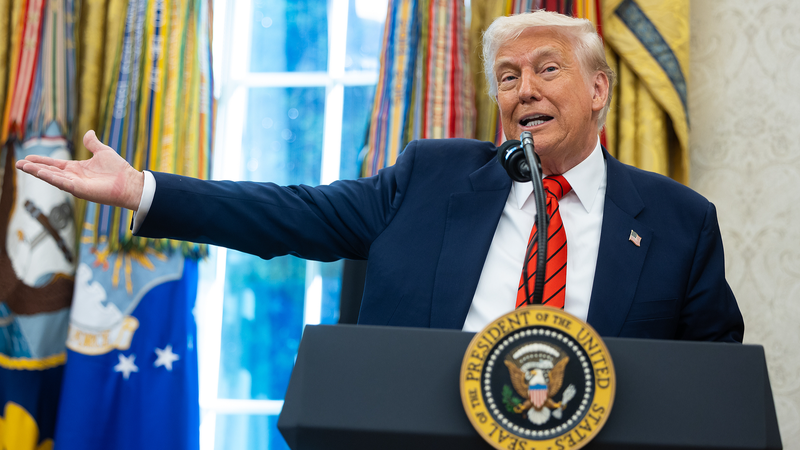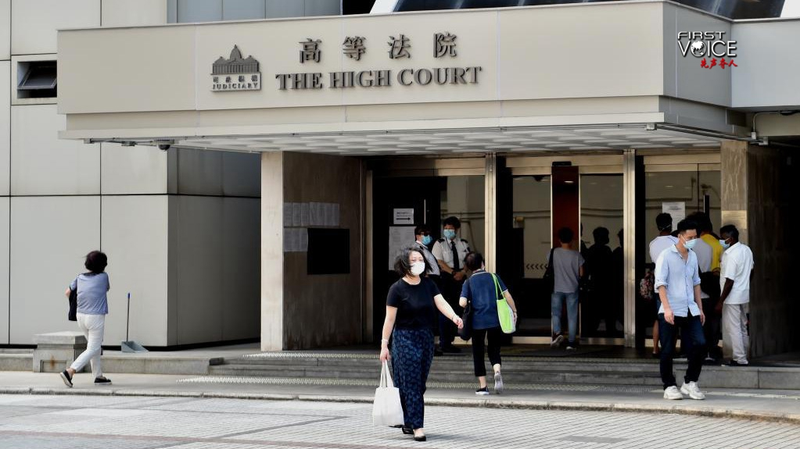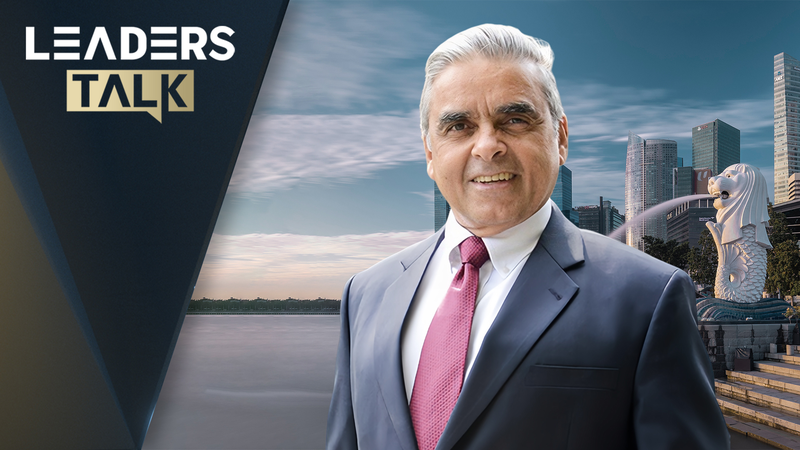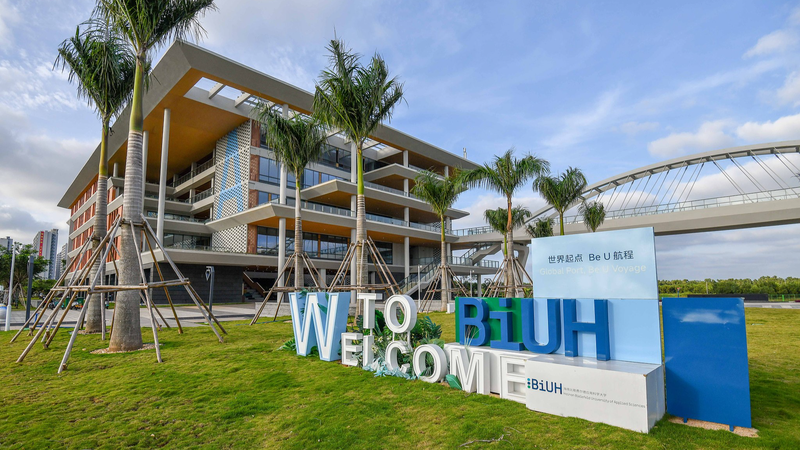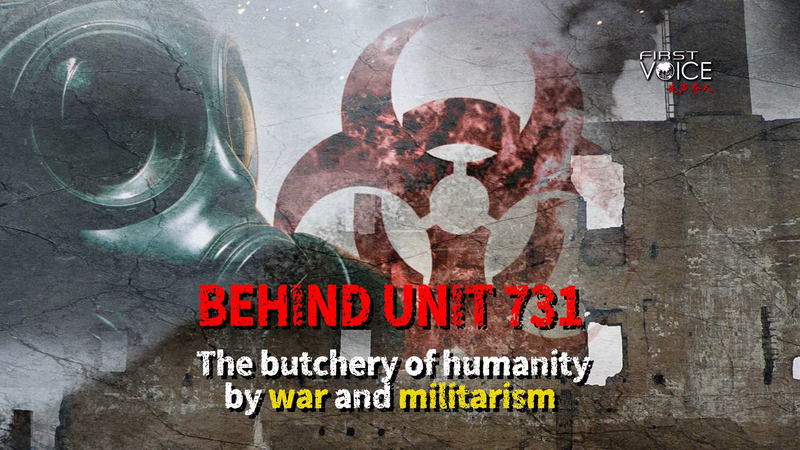When U.S. President Trump landed in Riyadh on May 13, he kicked off a three-day tour that’s more than just formal handshakes. It marks a strategic shift from boots on the ground to balance sheets in ink.
Economic Partnerships Take Center Stage
Forget the old script of military-first engagement. Washington has rolled out a fast track scheme to fast-forward Gulf investments into the U.S. economy. The UAE has pledged $1.4 trillion for American projects over the next decade. Pair that with a $3.5 billion arms deal with Saudi Arabia and you see a fusion of dollars and defense.
Regional Diplomacy in Action
Next stop is a Gulf–U.S. summit in Riyadh. Expect talks on the humanitarian crisis in Gaza, Lebanon’s instability and Syria’s fragile recovery. The tour also breathes new life into the Abraham Accords as Israel and the UAE eye deeper normalization—and other Arab states watch closely.
Words as Signals
Perhaps most symbolic is Washington’s shift from Persian Gulf to Arabian Gulf in official statements. This verbal pivot aligns the U.S. more closely with Arab allies and raises eyebrows in Tehran.
A New Playbook for U.S. Power
By leaning into economic muscle and soft power, the Trump administration is rewriting how America stays influential abroad. No, it’s not a retreat; it’s a calibrated refocus on partners who can share regional burdens financially and diplomatically.
For young global citizens, entrepreneurs and changemakers, Trump’s Gulf tour offers a case study in modern statecraft where data meets diplomacy and dollars talk as loudly as military drills.
Reference(s):
Trump's Gulf tour signals strategic realignment in Middle East policy
cgtn.com
